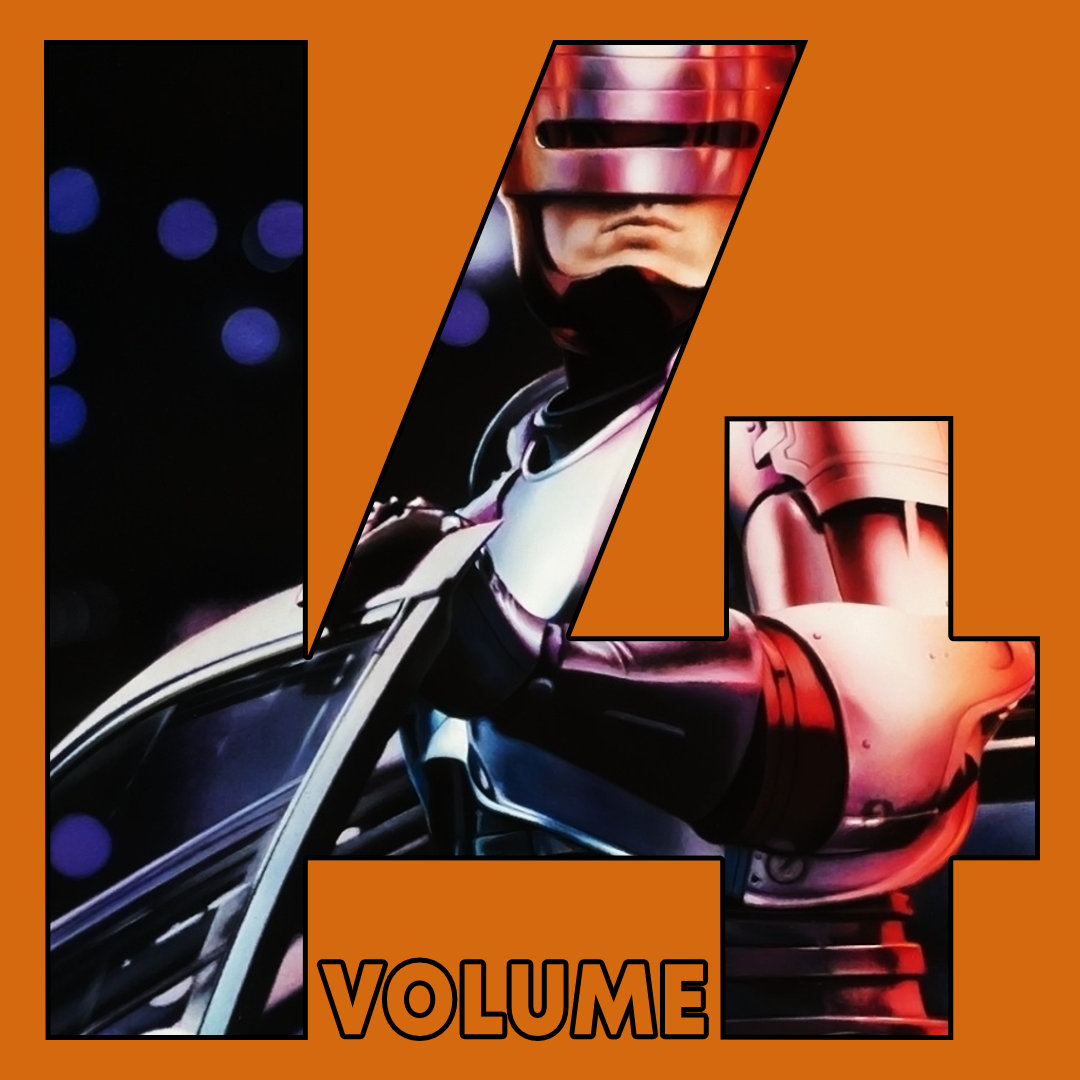The cover below shows us that the game in question is…
a) really anime
b) a classic meld of 1940s era wartime and Japanese warrior mythology
c) a mysterious Eastern gem, unearthed and transported to foreign soil, like fine silks or teas
d) all of the above
Videogame box art is often striking. It may simply look cool or enticing, whether it bears any indication of the game within or not, but sometimes an artist captures the essence of a game so exceptionally that the wrapping is a miniature study in what the game represents. Like frescos or tapestries, great videogame box art can be a lasting testament to the meaning, importance and gestalt of the event it signifies.
Okay, I’m really going for this analogy, but I do love this artwork. A typical ‘man shoots gun’ cover tells us something about the game’s tone; whilst incredible, classic Mega Man art reveals the aspirations Capcom had for the little blue sprite’s adventures. Another type of box art blends tone and aspiration with details that hint at a deeper, symbiotic relationship between game and art. Akai Katana’s is this, latter type of cover.
The kanji in the title put the game’s origin and setting straightforwardly to the fore, but the two characters do this in an equally potent way. A young, turquoise-haired, schoolgirl(ish)-outfitted girl reaches out meaningfully towards a buckle-adorned, wiry, spiky-haired boy who clutches a red katana dramatically between them. This earnest, emotional scene almost convinces me that the euphemism is unintentional – and there is something undeniably, intrinsically Japanese about it.
The red, or Blood, katana makes another appearance, underlining the title as if to solidify its significance. Of course, I say “underlining”, but the title most of the recipient audience will read is in fact below the katana and the aforementioned title in Japanese. The intended audience is betrayed by a yellowy-orange rectangle that obscures the bottom left corner of the deep blue night sky – a PEGI 12 logo sits in juxtaposition with its surroundings, assuredly asserting that this box belongs in Europe. Though, it isn’t the only clue as to where this game is headed.
I greet each and every Rising Star logo I see with a smile: its presence, as much a symbolic ‘X’ as a star, denotes a treasure to be discovered. Rising Star have spent the past decade giving great Japanese games a home in Australia, America and Europe. How do I know this one’s not headed for the US? The tiny ‘PAL’ logo in the top right, once a source of pain to the tune of 16.7% of console gaming, but in my endeavour to circumvent that PEGI logo, a welcome friend.
As I cast my eyes over Akai Katana’s glorious cover one last time, they are drawn up to the sky, in which sit our last clues as to what Cave has in store for us.
Two warplanes would be out of place if not for the convention of Japanese animation mixing history and fantasy into a rich, mythological pastiche. Studio Ghibli slide effortlessly between the real and the fantastical – I think of Porco Rosso or The Wind Rises when I see those planes, both about flights of fancy (though in very different ways).
The truth of the planes on this cover is, again, one of juxtaposition. The sword and the plane represent two very different eras of warfare, but also an oft-cited aspect of Japanese culture: the struggle between tradition and advancement. I think, obviously, of ‘The Last Samurai’ with its depiction of the attachment to noble customs in the face of brutal technology. Not the best example, perhaps, but a fitting clash between myth or legend and modern, industrial pragmatism.
Our last figure is also the biggest: a frankly ludicrously-sized Moon sits nicely alongside the couple enjoying its portentous gaze. Tapestries and frescos like the ones I, rather hopefully, reached for earlier often depict significant locations or natural events to give the story added context and an extra air of importance. Here the Moon does exactly that. Full and bright, it illuminates the scene and draws attention to it.
I love this artwork. It reminds me of why I enjoyed Akai Katana and what I love about video games. Of course I’m reaching far beyond my grasp with some of the assertions I’ve made, but I love doing that sometimes too.
Oh, and my answer is ‘d)’.
We discussed Akai Katana and a host of other Cave shoot ’em ups in issue 112 of the podcast: http://caneandrinse.com/cave-shoot-em-ups-cane-rinse-112/
















